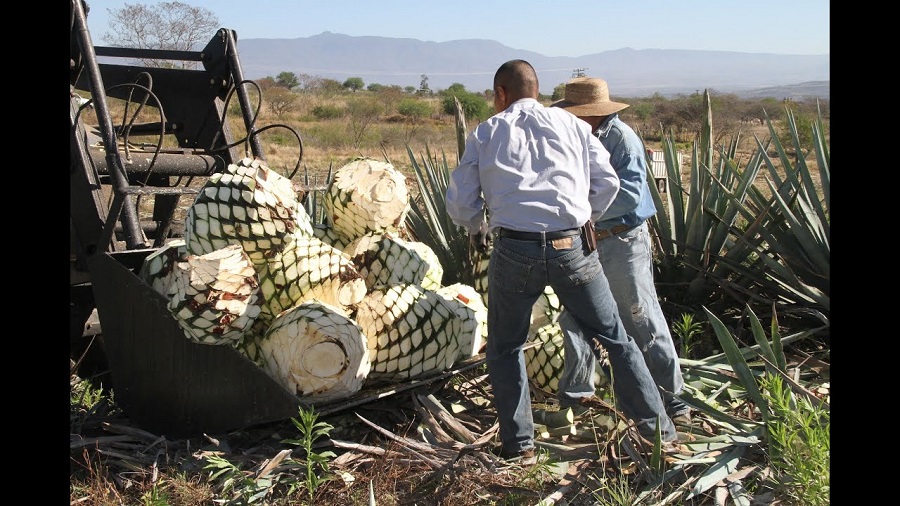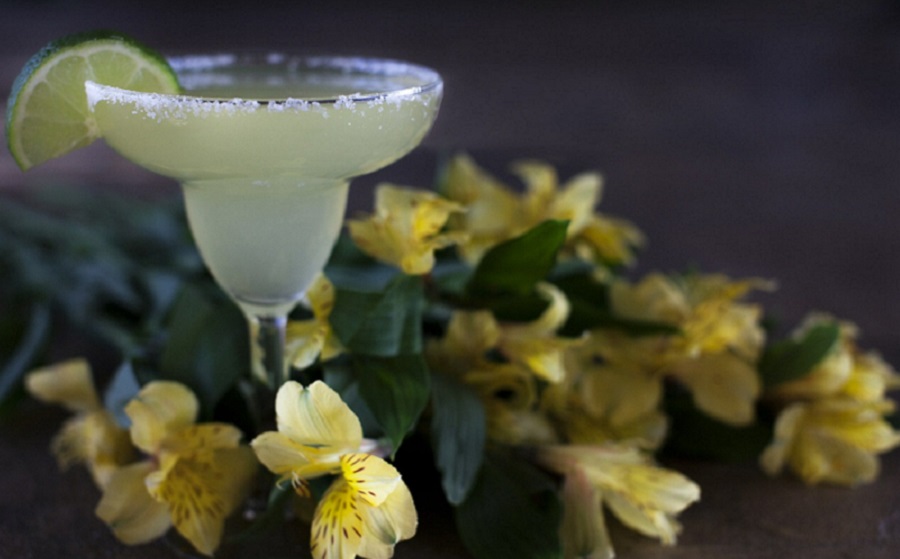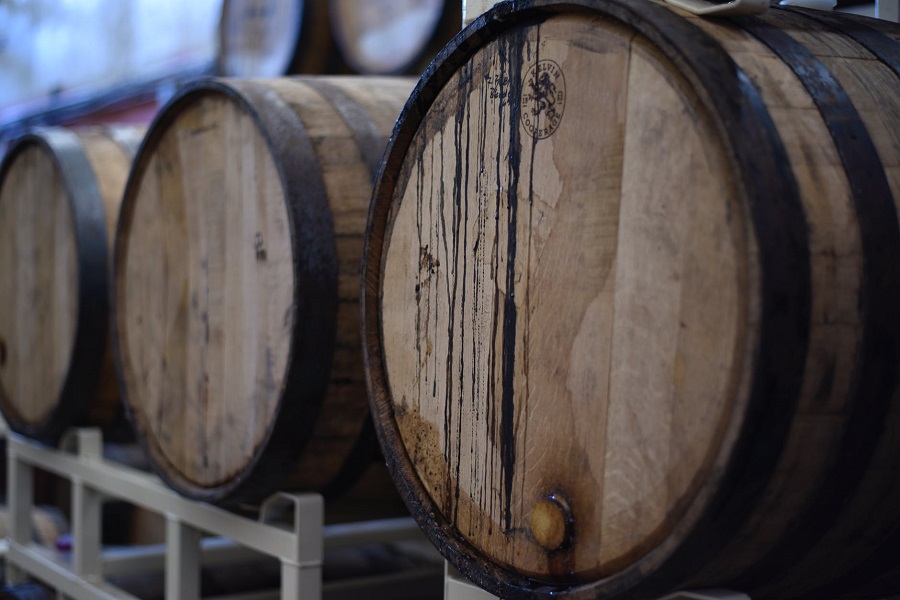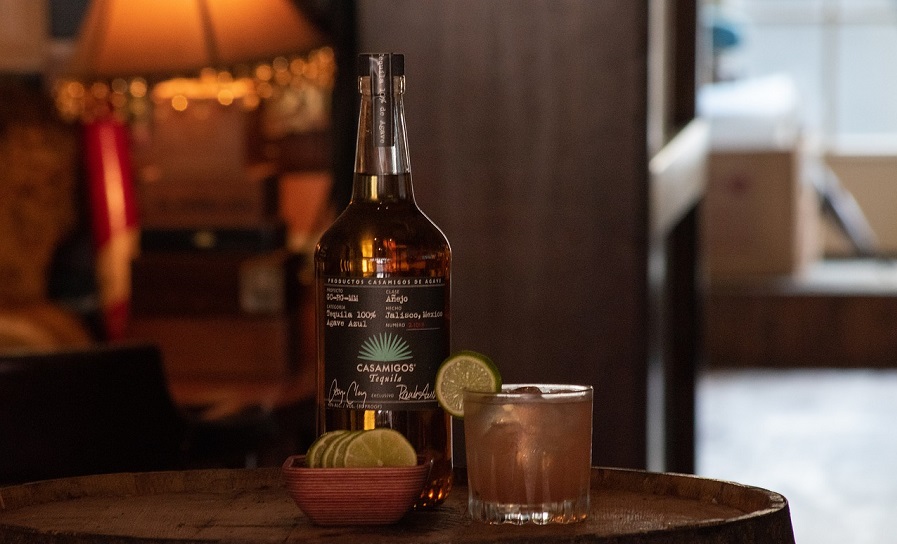Do You Know the History of Tequila?
Most of you might have heard about the Tequila, but not all of you have ever taken a sip of it.
As we all know that the Tequila is the spirit of Mexican and there is nothing wrong to deem it as its national wine. Most people will use it as base wine to bartend other cocktails including Equila Sunrise, Matador and Margaret frost. It really turns its material resources to good account as a kind of distilled liquor.

Agave is a plant taking the look of aloe with thick and straight leaves, shining green around the year-round. It has its blossom every dozens of years.

The legendary goes like Tequila used to be a special wine offered as a sacrifice to gods and ancestors. It comes into being after God strike the agave with lightning. The priest can talk with God after drinking the Tequila. And the living sacrifices will set free their souls after drinking it. There is no way to test these statements. But there is no doubt about the long history of Tequila.

Below are the processes of how to brew authentic Tequila.
Choose 12-year-old agaves as raw material. Peel of all the leaves and just keep the flower hearts. Then put the hearts into a dove to steam and roast on a big fire. All the hearts will be concentrated into succulent. The most key step is to ferment all the succulent until its alcohol concentration up to be 80%. The last step is to distil the spirit succulent. The whole process needs great attention and attentiveness surpassing any other wine kinds.

According to Mexican regulations, only the wine concentrated from more than 51% agaves can be upgraded to be Tequila, or it can only be regarded as Mixto due to a lack of sugar contents.

Due to the difference between cultures and regions, the brewing process diversifies from each other to some degrees. After the second distil, if the alcoholic is not put into a cask to sediment, the tequila will be called as White Tequila, which is colorless with a smooth taste in the mouth, delivering sweet afterwards that make drunkards shrink back. If the alcoholic after the second round of distilment is put into a cask, it will be named as Gold Tequila. This kind of tequila also includes a very distinctive taste with shining golden color. Dozens of passionate fans sit at the La Contenta bar nightly to sample tumblers of tequila and mescal.















